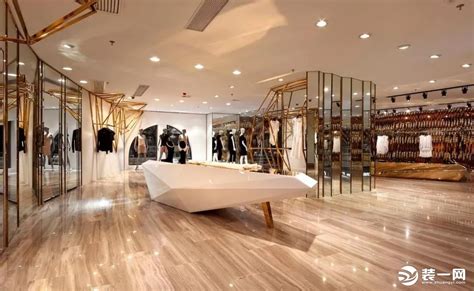服装两家公司合作协议
Title: A Comparative Analysis of Two Leading Clothing Companies
Introduction:
In the dynamic landscape of the fashion industry, numerous companies vie for dominance. Among these, two notable contenders stand out for their distinct strategies, brand identities, and market positioning. This comparative analysis delves into the operations, strategies, and key factors contributing to the success of Company A and Company B.
Company A: Fast Fashion Pioneer
Company A has established itself as a trailblazer in the realm of fast fashion. With a relentless focus on delivering trendy designs at affordable prices, it has captured the attention of a wide consumer base. Utilizing agile supply chain management and rapid production cycles, Company A swiftly translates runway trends into accessible garments for the mass market.
Key Characteristics of Company A:
1.
Agile Supply Chain:
Company A's supply chain is characterized by flexibility and responsiveness. By maintaining close relationships with manufacturers and suppliers, it swiftly adapts to changing consumer preferences and market trends.2.
TrendCentric Approach:
The company's success hinges on its ability to anticipate and capitalize on emerging fashion trends. By closely monitoring social media, fashion influencers, and runway shows, Company A ensures that its product offerings remain on the cutting edge of style.3.
Mass Market Appeal:
Catering to a diverse demographic of fashionconscious consumers, Company A prioritizes accessibility and affordability. Its extensive retail presence and online channels make trendy fashion accessible to a wide audience.Challenges and Strategies for Company A:
1.
Sustainability Concerns:
Fast fashion has come under scrutiny for its environmental impact and labor practices. To address these concerns, Company A is investing in sustainable initiatives such as ecofriendly materials, ethical sourcing, and recycling programs.2.
Digital Transformation:
In an increasingly digital landscape, Company A is enhancing its online presence and investing in ecommerce platforms. By leveraging data analytics and personalized marketing strategies, it aims to deepen customer engagement and drive online sales.3.
Competitive Pressures:
The fast fashion market is highly competitive, with new entrants and established players vying for market share. To maintain its competitive edge, Company A focuses on innovation, diversification, and strategic partnerships to differentiate its brand and offerings.
Company B: Luxury Fashion Icon
In contrast to the massmarket appeal of Company A, Company B occupies a niche within the luxury fashion segment. Renowned for its craftsmanship, heritage, and exclusivity, Company B caters to discerning clientele seeking quality, prestige, and timeless elegance. With a focus on artisanal techniques and meticulous attention to detail, it embodies the epitome of luxury craftsmanship.
Key Characteristics of Company B:
1.
Heritage and Prestige:
Company B's heritage and legacy are integral to its brand identity. With a rich history steeped in tradition, it commands a sense of exclusivity and prestige that resonates with affluent consumers.2.
Artisanal Craftsmanship:
Each garment produced by Company B is a testament to artisanal excellence and meticulous craftsmanship. From handstitched details to couture finishes, its creations exude quality and sophistication.3.
Experiential Retail:
Beyond selling products, Company B offers a curated retail experience that transcends transactional interactions. Its flagship stores are architectural marvels, designed to immerse customers in the brand's ethos and heritage.Challenges and Strategies for Company B:
1.
Digital Adaptation:
While rooted in tradition, Company B recognizes the importance of embracing digital channels to engage with a new generation of luxury consumers. It invests in omnichannel strategies, digital marketing, and immersive online experiences to maintain relevance in the digital age.2.
Brand Extension:
To broaden its appeal and reach new demographics, Company B explores avenues for brand extension while preserving its core identity and values. Collaborations with contemporary artists, designers, and influencers allow it to diversify its offerings without diluting its luxury cachet.3.
Global Expansion:
Company B's expansion into emerging markets presents both opportunities and challenges. Balancing exclusivity with accessibility, it strategically selects locations and partners to ensure that its brand remains synonymous with luxury and sophistication across diverse cultural landscapes.Conclusion:
In conclusion, Company A and Company B represent contrasting paradigms within the fashion industry, each embodying unique strengths, strategies, and challenges. While Company A excels in fastpaced innovation and massmarket appeal, Company B epitomizes luxury craftsmanship and heritage. By understanding the distinctive attributes and approaches of these two companies, stakeholders can glean valuable insights into the evolving dynamics of the fashion market and adapt their strategies accordingly.
References:
Company A Annual Reports and Financial Statements
Company B Press Releases and Industry Analyses
Fashion Industry Publications and Market Research Reports
相关文章

最新评论